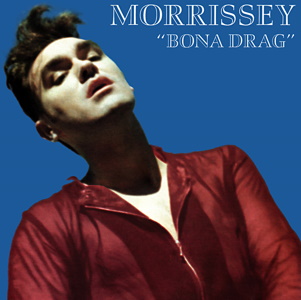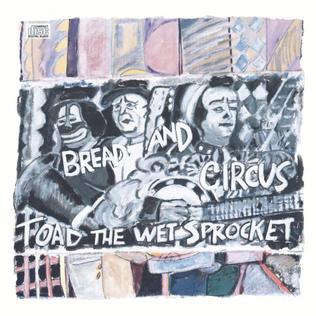A few albums earlier Frank had stumbled on an easy way to copyright new compositions: merely extracting a guitar solo from a live performance of an established song. A few examples dotted those records, and now he put together three complete albums of assorted instrumental excerpts, separated by
Lumpy Gravy-style dialogue. Originally sold individually via mail order, they soon found their way into a nationally distributed collective box. With the exception of a mid-‘90s release that replicated the set on three CDs,
Shut Up 'N Play Yer Guitar can be usually found as a two-disc package, all the original music intact.
The package deal is best, since no one “album” is better than another. Given the unifying effect of the contents, and considering that many of the solos come from different performances of a small handful of stage favorites—“Inca Roads” being the most common catalyst—recorded during a four-show London run in February 1979, a track-by-track dissection is futile for our purposes, but we must call out some highlights.
Frank never said he was the greatest guitarist on the planet, but insisted he played his own stuff very well. Many of the solos here are distinctively toned, usually over a two-chord vamp, so he never had to worry much about changing keys or memorizing scales and modes. Things do get interesting when there’s a tricky time signature, as on “five-five-FIVE”, based on 5/8, 5/8 and 5/4. This is particularly refreshing when the band gets stuck in a reggae groove, again on two chords. “Treacherous Cretins” begins with an intriguing electric sitar arpeggio, threatens reggae but luckily gives way to Vinnie Colaiuta’s better drumming. “The Deathless Horsie” follows an extended meter similar to “Watermelon In Easter Hay”, but the real keeper is “Ship Ahoy”, taken from an Osaka performance of “Zoot Allures” a few years earlier. Here his guitar is put through an effect that’s somewhere between a wah-wah and a synth filter, for a terrific sound.
There is humor on the album, and not just what he called each album. “Variations On The Secret Carlos Santana Chord Progression” is an apt title for a vamp on what sounds like “Evil Ways” (or “Oye Como Va”, or “She’s Not There”), and you can’t help but smile at titles like “Gee, I Like Your Pants”, “Pinocchio’s Furniture” and “Soup ‘N Old Clothes”. Sometimes the song title comes from the dialogue snippets, but they’re still very random.
The set arguably drags towards the end, with a full side’s worth of slower music taken from studio improvisations, but taken as a whole, Shut Up 'N Play Yer Guitar goes solidly in the plus column, and should offend absolutely nobody.
Frank Zappa Shut Up 'N Play Yer Guitar (1981)—3½
Frank Zappa Shut Up 'N Play Yer Guitar Some More (1981)—3½
Frank Zappa Return Of The Son Of Shut Up 'N Play Yer Guitar (1981)—3






